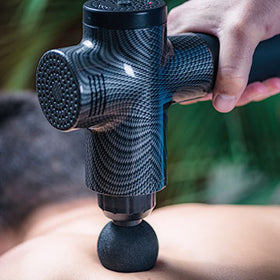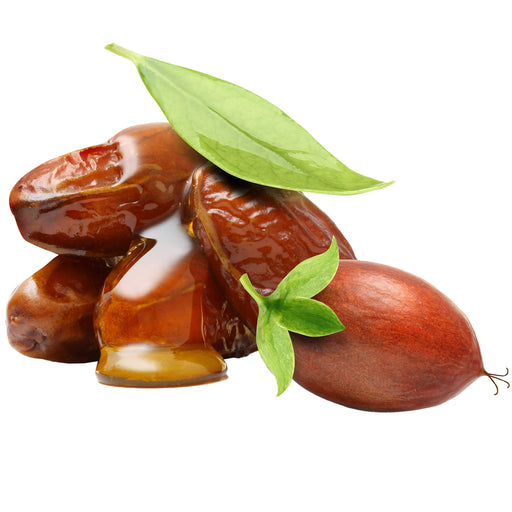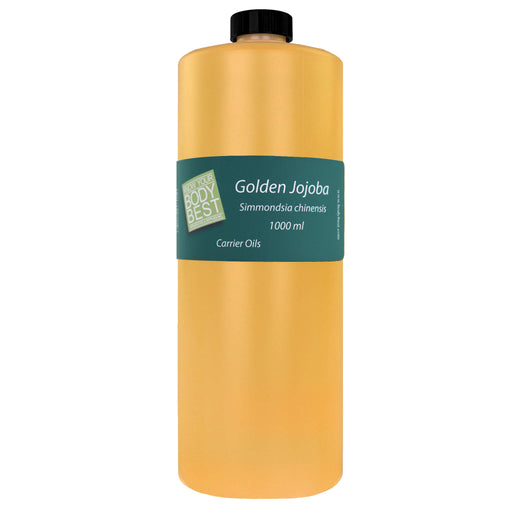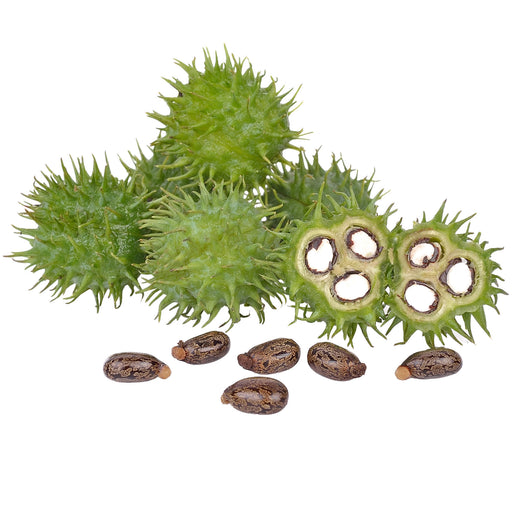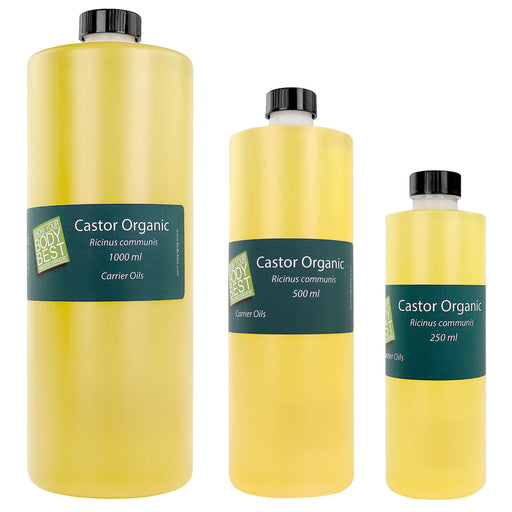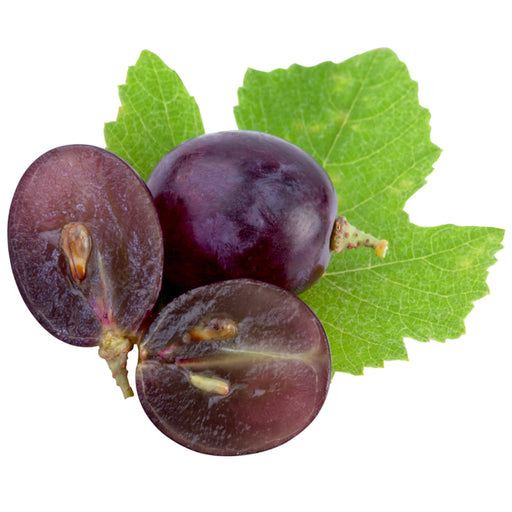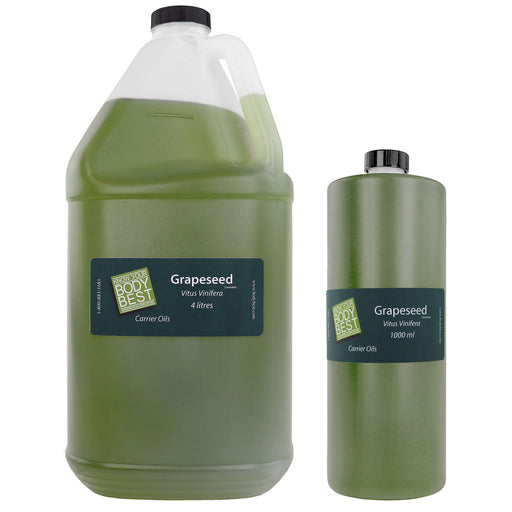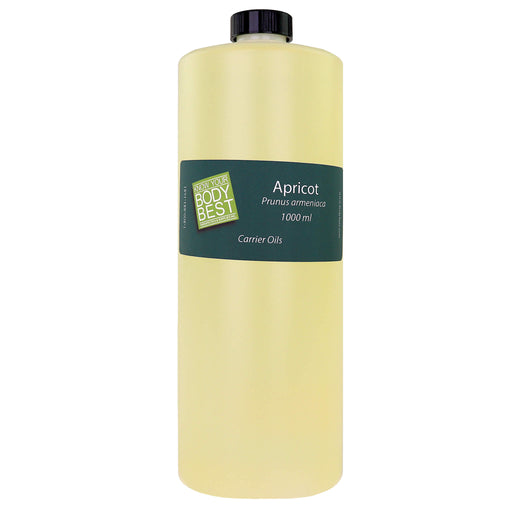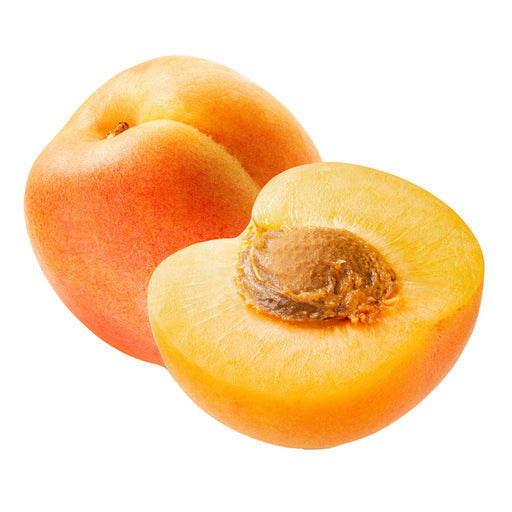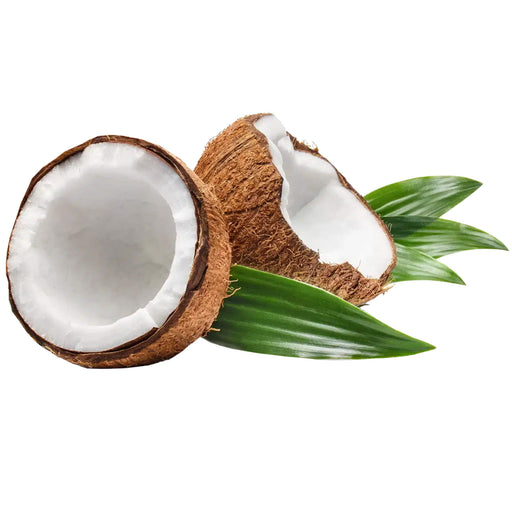over $250.00

Check the Label: Thinking About Massage Lotion Ingredients
Lotions are the among the most popular massage lubricants, but what are they actually made from? Perhaps surprisingly, the primary ingredient in most massage lotions is water. So what are the other ingredients? What do they do? Where do they come from? Because RMTs (and their clients) are repeatedly exposed to lotions, it’s handy to be familiar with massage lotion ingredients.
Why We Should All Be Thinking About Massage Lotion Ingredients
Substances applied to the skin, including massage lotions, can be absorbed. The skin serves as a protective barrier, but it is not completely impermeable. The ability of a substance to penetrate the skin depends on several factors, including the molecular size of the ingredients, their solubility, and the condition of the skin.
Many massage lotions are formulated with ingredients designed to be absorbed to provide benefits such as moisturization and nourishment to the skin. Common ingredients like oils, emollients, and water-soluble substances in massage lotions can be absorbed to varying degrees. A clear understanding of massage lotion ingredients can help make good purchasing decisions for any clinic.
Organic vs. Synthetic
Many ingredients of massage lotions are organic in the form of nut or seed oils, lanolin, Aloe vera, etc… Organic components are harvested from the natural world. Massage lubricants often also commonly contain various synthetic ingredients to enhance their texture, stability, shelf life, and overall performance. Synthetic ingredients do not occur in nature and are usually produced on some industrial scale.
Here are some common synthetic ingredients found in massage lubricants and brief explanations of how they are produced:
Mineral Oil:
- Production: Mineral oil is a byproduct of the distillation of petroleum. It is a clear, odourless, and colourless oil.
- Use: Mineral oil (AKA baby oil) is commonly used in massage oils and lotions for its smooth and non-greasy feel. It has a very long shelf life and does not stain linens. However, some people may prefer natural alternatives due to concerns about its origin and potential for skin irritation. Unlike some of the other oils and lotions that may contain natural or added vitamins, mineral oil is a pure lubricant.
Silicones (Dimethicone, Cyclomethicone):
- Production: Silicones are synthetic compounds derived from silicon, a naturally occurring element. Dimethicone and cyclomethicone, common silicone-based ingredients, are produced through chemical processes.
- Use: Silicones provide a smooth, silky feel and are resistant to water, making them popular in massage lubricants. However, some people prefer natural alternatives, and there are environmental considerations associated with silicones.
Polyethylene Glycol (PEG):
- Production: PEG is produced through the polymerization of ethylene oxide. The number following PEG (e.g., PEG-100) indicates the average molecular weight of the polymer.
- Use: PEGs are often used in cosmetics and personal care products (including massage lubricants) as emollients, thickeners, and solvents. Some individuals may be sensitive to certain PEG compounds.
Preservatives (Parabens, Phenoxyethanol):
- Production: Parabens are esters of para-hydroxybenzoic acid, and phenoxyethanol is produced through the reaction of phenol with ethylene oxide.
- Use: These synthetic preservatives are added to prevent the growth of bacteria, mould, and yeast in massage lubricants. Parabens, in particular, have been a subject of debate due to concerns about their potential hormonal effects. * (See more below.)
Glycerin:
- Production: It can be produced through various processes, but one of the most common methods is the hydrolysis of fats or oils.
- Use: Glycerol is used in medical, pharmaceutical and personal care preparations, often as a means of improving smoothness, providing lubrication, and as a humectant (water-absorbing substance).
Carbomers:
- Production: Carbomers are synthetic polymers produced through chemical reactions. They are cross-linked acrylic acid polymers.
- Use: Carbomers are used as thickening agents in massage gels and lotions to enhance their viscosity and texture. While generally safe, some individuals with sensitive skin may experience mild irritation.
Fragrance (Synthetic Fragrance Oils):
- Production: Synthetic fragrance oils are created through the combination of various chemical compounds to mimic specific scents.
- Use: Synthetic fragrance oils are added to massage lubricants for pleasant aromas. However, they may cause sensitivity in some individuals, leading to a preference for natural or fragrance-free alternatives.
Depending on the sensitivity of the client’s skin (and the therapist’s hands), some of these ingredients may pose issues, notably:
- Allergens: Certain individuals may be allergic to specific ingredients. Common allergens in massage lubricants include nuts, soy, or various essential oils. It's essential to inquire about clients' allergies and choose lubricants accordingly.
- Fragrances: Some people may be sensitive to strong fragrances or synthetic perfumes. Fragrance-free or hypoallergenic options can be a safer choice for those with sensitivities.
- Chemical Additives: Check for the presence of additives such as parabens, phthalates, and artificial colours. These chemicals can cause skin irritation, including contact dermatitis, and have potential health concerns.
- Mineral Oils and Petrochemicals: Some massage lubricants contain mineral oils or petrochemicals. These substances can clog pores and cause skin irritation in some individuals.
- Propylene Glycol: This common additive may cause skin irritation and is best avoided, especially for clients with sensitive skin.
- Silicones: While many people tolerate silicone-based lubricants well, some may be sensitive to them. Additionally, silicones may be challenging to wash off, and their environmental impact is a consideration.
- Synthetic Preservatives: Certain preservatives, such as formaldehyde-releasing agents, can cause allergic reactions. Opting for preservative-free or naturally preserved lubricants may be preferable for some therapists.
Carbomer:
Carbomer is a polymer used as a thickening agent in skincare and cosmetic products, including gels, lotions, and creams. It helps improve the texture and consistency of the product.
Generally, carbomers are considered safe for topical use. They are not typically associated with significant health risks. However, individuals with very sensitive skin might experience mild irritation. It's essential to follow recommended concentrations and formulations to avoid adverse reactions.
Parabens:
* Parabens are common ingredients found in various skincare and cosmetic products, including some massage lotions.
What are they: Parabens are a class of synthetic preservatives commonly used to prevent the growth of bacteria, mould, and yeast. There is a persistent myth that parabens occur naturally in some foods such as blueberries. This is not entirely true.
Concerns: There have been concerns about parabens because they can mimic estrogen in the body. Some studies have suggested a potential link between prolonged exposure to high levels of parabens and hormonal imbalances.
However, the evidence is not conclusive, and regulatory agencies, such as the U.S. Food and Drug Administration (FDA), consider parabens safe for use in cosmetics within specified limits.
When choosing lubricants, massage therapists and their clients may have different preferences and sensitivities. Some individuals prefer paraben-free products due to concerns about potential hormonal effects, while others may not find them problematic. Some therapists avoid mineral oil, while others love its long shelf-life and that it washes out of sheets so easily compared with other oils.
It should be said here that none of these ingredients are restricted or considered toxic. Many of these ingredients are used at highly diluted rates in minute quantities. It is a question, rather, of prolonged exposure - and personal preference.
Happily, all of these considerations are on the radar for massage lubricant manufacturers. Never before have so many products been available that are paraben-free, vegan, kosher, and/or not tested on animals (cruelty free). Consider providing clients with options, and open a dialogue with them about allergies, and just what product feels good during treatment.
Marketing on Labels
Please note that some manufacturers feature the lack of parabens as part of their marketing. These are the products marketed as being paraben-free. Other products may contain no parabens, but they are not marketed that way. The same is true for products marketed as being vegan. Just because a label doesn't make this statement, don't assume it contains animal products. That's why it is so important to read the label.
Wherever possible, we have made an effort to include complete lists of massage lotion ingredients in the Body Best product pages.
Featured collection
-
Original price $14.99 - Original price $59.99Original price
Lowest Price per ml: $59.99
$14.99 - $59.99$14.99 - $59.99Current price$14.99Current Price: $14.99
Price Per ml: $0.14
Golden Jojoba Oil
BodyBestUses and Benefits of Golden Jojoba Oil Golden Jojoba Oil is one of the best massage oils as it can be used for both scalp and body. It is deeply mo...
View full detailsOriginal price $14.99 - Original price $59.99Original priceLowest Price per ml: $59.99
$14.99 - $59.99$14.99 - $59.99Current price$14.99Current Price: $14.99
Price Per ml: $0.14
-
Original price $11.99 - Original price $29.99Original price
Lowest Price per ml: $29.99
$11.99 - $29.99$11.99 - $29.99Current price$11.99Current Price: $17.99
Price Per ml: $0.03
Castor Oil
BodyBestUses and Benefits of Castor Oil Castor oil is a healing oil that helps soothe muscle aches. Rich in antioxidants, the oil prevents wrinkles, reliev...
View full detailsOriginal price $11.99 - Original price $29.99Original priceLowest Price per ml: $29.99
$11.99 - $29.99$11.99 - $29.99Current price$11.99Current Price: $17.99
Price Per ml: $0.03
-
Original price $24.99 - Original price $79.99Original price
Lowest Price per ml: $20.00
$24.99 - $79.99$24.99 - $79.99Current price$24.99Current Price: $24.99
Price Per ml: $0.02
Grapeseed Oil
BodyBestUses and Benefits of Grape seed Oil Grape seed oil has anti-inflammatory and antimicrobial properties. In addition, the oil is rich in omega chain ...
View full detailsOriginal price $24.99 - Original price $79.99Original priceLowest Price per ml: $20.00
$24.99 - $79.99$24.99 - $79.99Current price$24.99Current Price: $24.99
Price Per ml: $0.02
-
Original price $29.99 - Original price $29.99Original price$29.99$29.99 - $29.99Current price$29.99
Apricot Oil Cold Pressed 1L
BodyBestUses and Benefits of Cold Pressed Apricot Oil Apricot Oil Cold Pressed by BodyBest is ideal for body and head massages. Also known as Apricot Kerne...
View full detailsOriginal price $29.99 - Original price $29.99Original price$29.99$29.99 - $29.99Current price$29.99 -
Original price $23.99 - Original price $94.99Original price
Lowest Price per ml: $19.00
$23.99 - $94.99$23.99 - $94.99Current price$23.99Current Price: $94.99
Price Per ml: $18.99
Coconut Oil Cold Pressed Unfractionated
BodyBestBenefits of Body Best Cold Pressed Unfractionated Coconut Oil Body Best Cold Pressed Virgin Coconut Oil has wonderful healing properties for your b...
View full detailsOriginal price $23.99 - Original price $94.99Original priceLowest Price per ml: $19.00
$23.99 - $94.99$23.99 - $94.99Current price$23.99Current Price: $94.99
Price Per ml: $18.99
